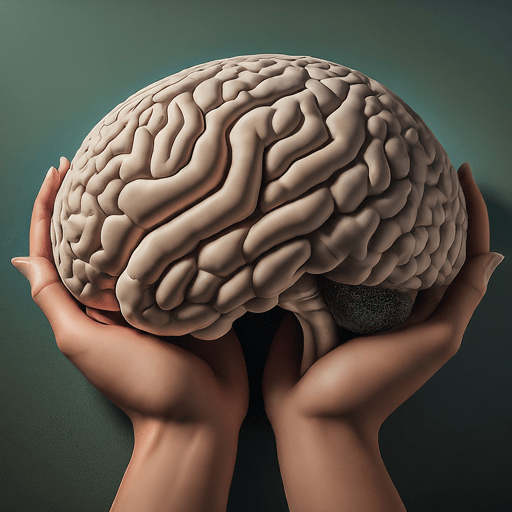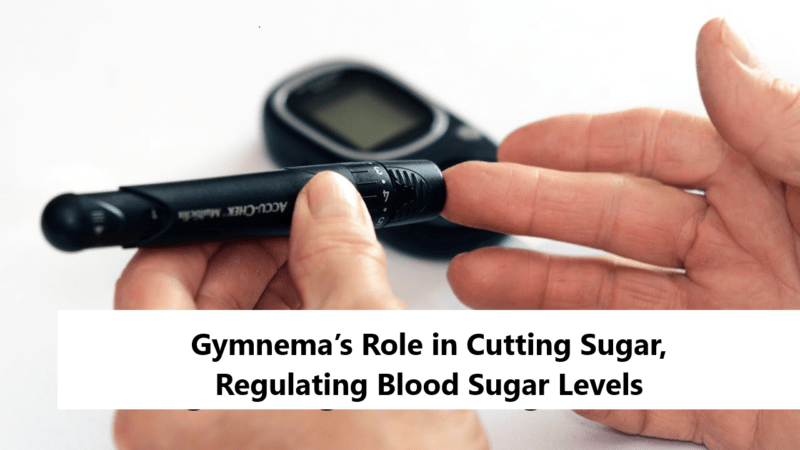World Parkinson’s Day and the Fight Against the Disease

Every April 11, the world marks World Parkinson’s Day, aiming to raise awareness and understanding about Parkinson’s disease globally. This progressive neurodegenerative disorder brings about unintended movements like tremors, stiffness, and difficulties with balance and coordination.
As the disease progresses, symptoms may become more noticeable. Besides motor symptoms, Parkinson’s can also lead to non-motor symptoms such as depression, anxiety, fatigue, and sleep issues. This condition decreases dopamine levels in the brain, affecting movement. Factors like genetics and the environment play a role in its development.
Here’s an overview of the stages of Parkinson’s disease:
Stage I
Mild symptoms are often unnoticed, with tremors and changes in movement affecting one side of the body.
Stage II
Symptoms worsen, affecting both sides of the body. Daily tasks become challenging, though independence is still possible.
Stage III
Balance issues arise, and falls become more common. Day-to-day tasks become more restricted, but independence is maintained.
Stage IV
Motor symptoms are fully developed, and standing becomes difficult. Assistance with daily activities becomes necessary.
Stage V
Advanced stiffness makes walking or standing nearly impossible. Some may become bedridden or reliant on a wheelchair, requiring constant care. Medications may also become less effective, necessitating advanced treatments.
Treatment options for advanced stages include:
Medications: Various drugs, including levodopa and dopamine agonists, help manage symptoms by increasing dopamine levels in the brain.
Deep Brain Stimulation (DBS)
A surgical procedure involving the implantation of electrodes into specific brain areas to control movement. This is an option when medications no longer suffice.
Advanced Treatments
Procedures like MRI-guided focused ultrasound offer less invasive ways to manage tremors by targeting problematic brain areas with high-temperature ultrasound waves.
Also Read: Celebrating World Health Day 2024: Prioritizing Our Health
Understanding Parkinson’s disease and its treatment options is crucial for patients, caregivers, and the broader community. World Parkinson’s Day serves as a reminder to support those affected and to continue research efforts toward better treatments and ultimately a cure.
Q&A
Q: What is Parkinson’s disease?
A: Parkinson’s disease is a progressive neurodegenerative disorder that affects movement. It can cause symptoms such as tremors, stiffness, and difficulties with balance and coordination.
Q: What are the stages of Parkinson’s disease?
A: Parkinson’s disease progresses through five stages:
Stage I: Mild symptoms affecting one side of the body.
Stage II: Symptoms worsen and affect both sides of the body.
Stage III: Balance issues arise, and falls become more common.
Stage IV: Motor symptoms are fully developed, and standing becomes difficult.
Stage V: Advanced stiffness makes walking or standing nearly impossible.
Q: What are some non-motor symptoms of Parkinson’s disease?
A: In addition to motor symptoms, Parkinson’s disease can also lead to non-motor symptoms such as depression, anxiety, fatigue, and sleep issues.
Q: How is Parkinson’s disease treated?
A: Treatment for Parkinson’s disease may include medications such as levodopa and dopamine agonists to manage symptoms. In advanced stages, deep brain stimulation (DBS) or advanced procedures like MRI-guided focused ultrasound may be recommended.
Q: What is Deep Brain Stimulation (DBS)?
A: Deep Brain Stimulation (DBS) is a surgical procedure involving the implantation of electrodes into specific brain areas to control movement. It is used in advanced stages of Parkinson’s disease when medications are no longer sufficient to manage symptoms.
Q: What causes Parkinson’s disease?
A: The exact cause of Parkinson’s disease is not fully understood, but it is believed to involve a combination of genetic and environmental factors. The disease is characterized by a decrease in dopamine levels in the brain, which leads to movement disorders.
Q: How is Parkinson’s disease diagnosed?
A: Parkinson’s disease is diagnosed based on a combination of medical history, physical examination, and assessment of symptoms. There is no specific test for Parkinson’s disease, so diagnosis is often made by a neurologist based on the presence of characteristic symptoms and ruling out other possible causes.
Q: What are some lifestyle changes that can help manage Parkinson’s disease?
A: Regular exercise, a balanced diet, and getting enough sleep are important for managing Parkinson’s disease. Physical therapy and occupational therapy can also help improve mobility and daily functioning. Additionally, support groups and counseling may provide emotional support for patients and their caregivers.
Q: Is Parkinson’s disease hereditary?
A: While most cases of Parkinson’s disease are not directly inherited, there is evidence to suggest that genetics may play a role in some cases. Having a family history of the disease may slightly increase the risk of developing Parkinson’s, but environmental factors also play a significant role in its development.
Also Read: Is India on the Verge of Becoming New Cancer Capital?
Q: How does Parkinson’s disease impact daily life?
A: Parkinson’s disease can have a significant impact on daily life, affecting mobility, speech, and cognitive function. As the disease progresses, individuals may experience difficulty with tasks such as dressing, eating, and writing. This can lead to increased reliance on caregivers and challenges in maintaining independence.











